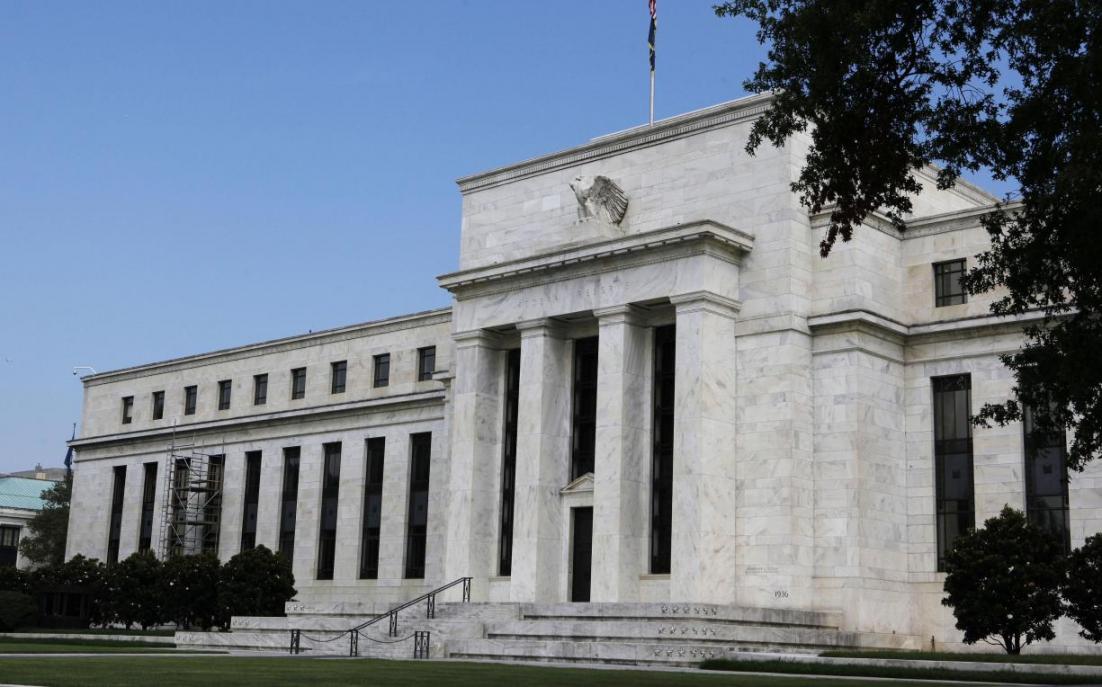The US dollar fell, hitting one-week lows against the euro on Friday after a drop in US wages in February overshadowed strong jobs growth and supported views that the Federal Reserve was in no hurry to hike interest rates.
Average hourly earnings fell 3 cents in February, data from the Labor Department showed. Analysts said traders were fixated on that drop even as non-farm payrolls increased by 242,000 jobs last month, Reuters reported.
The dollar was set to post its first weekly decline against the euro in three weeks. "The weak wage numbers are clearly an indication that maybe the Fed will ultimately be okay waiting a little bit longer," said Axel Merk, president and chief investment officer of Palo Alto, California-based Merk Investments.
The dollar found itself under pressure despite a run of relatively positive economic numbers, the Fed hinted that the March meeting will not really be a ‘live’ one. That is to say, a rate hike will not be on the table with markets giving a less than 1 in 20 chance for the Fed to raise rates. As a result the dollar fell while interestingly both stocks and gold managed to rally.
The week’s data included a relatively positive employment report for February (with the exception of hourly wages and number of hours worked), a weak Institute of Services Management business survey and a strong ISM manufacturing number.
Furthermore, it is worth keeping in mind that the Fed’s favorite indicator, the core PCE, or Personal consumption expenditure, deflator for January climbed to an annual 1.7% rate last week while 2 weeks ago it was reported that core consumer prices rose by 2.2% during the same month, Investing.com reported.
It is therefore challenging for the Fed to fully justify that such a low level of interest rates is warranted. The Fed should be proceeding with policy normalization given the unemployment rate of 4.9% and core inflation around 2%.
Fear of New Problems
However, Fed speakers such as New York Fed President William Dudley and Dallas Fed President Robert Kaplan sounded rather dovish in recent appearances. Dudley pointed out the downside risks to the economy while Kaplan called for patience in raising rates. Jim Bullard of the Saint Louis Fed, a closely-watched centrist on the rate-setting committee, said it was unwise to raise rates.
Why the hesitation to raise interest rates then? One reason is that long-term inflation expectations as implied by the bond market are lower than what the Fed would like. Critics of this argument point out that as Fed bond buying and low-rate policy has helped push down longer-term interest rates, it is not recommended to use these depressed yields in order to infer expected inflation.
A second reason is that given the recent market turmoil in January and February, the Fed is reluctant to raise rates so soon after this volatile episode in fear of provoking financial market instability. This could be a problem for dollar bulls however and if markets believe the Fed is going to always offer them a helping hand, it will create the wrong incentives for risk-taking.
To sum up, for the dollar to move higher, strong data is probably not enough; the Fed also has to talk and act in the direction of raising rates.


